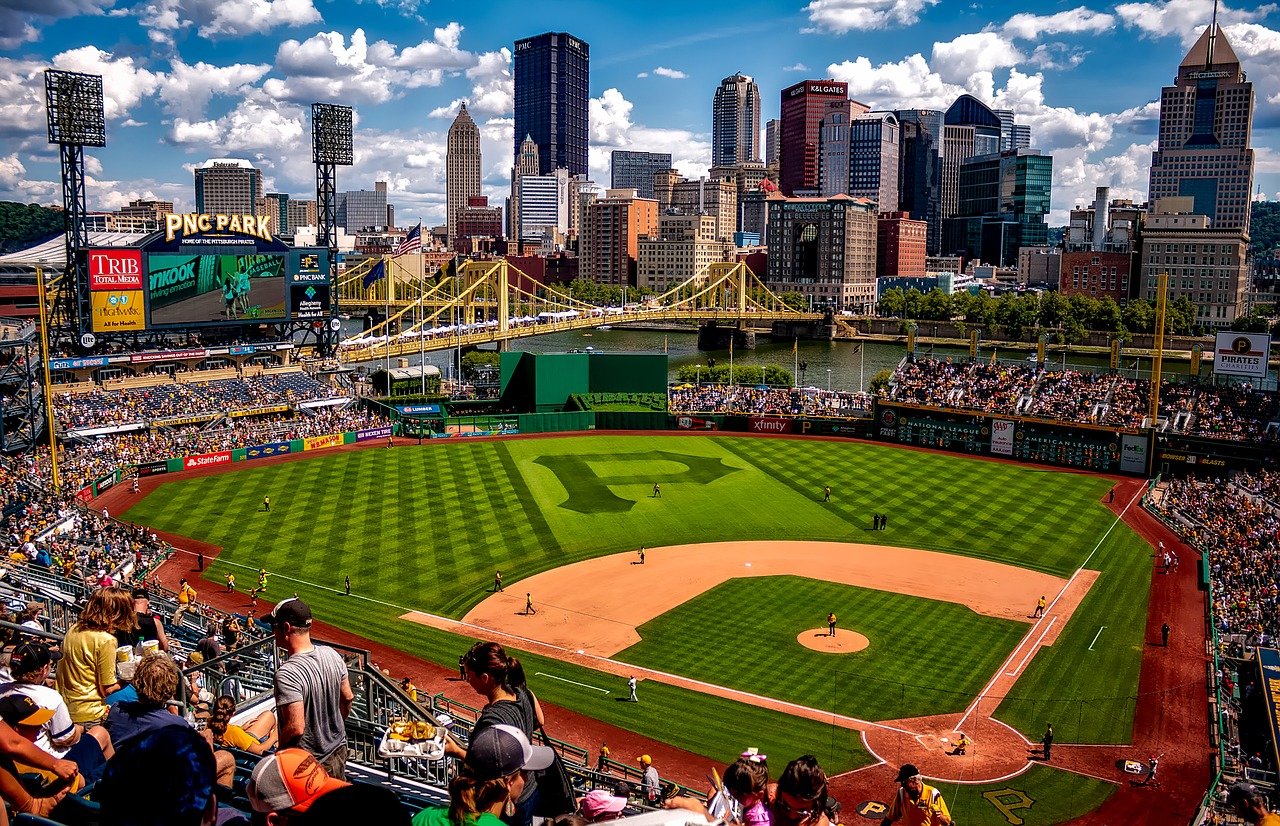When deciding between traveling by bus or train from NYC to Philadelphia, several factors come into play:
Time
Both bus and train journeys typically take about an hour and a half. However, trains offer more consistency as they aren't affected by traffic or rush hour delays. While a well-timed bus trip can be as quick as an hour, factors like rush hour, holidays, or construction may extend the journey to two hours or more. While non-stop flights only take around an hour, additional time is necessary for baggage check and security.
Price
Bus tickets are generally more budget-friendly, often priced at $20 or less for most trips. Train fares can be less than $10 with advance planning, but on average, they're closer to $40. Fortunately, platforms like Wanderu allow you to compare prices and schedules to find the best deal, whether you opt for the train or bus!
Amenities
Both buses and trains offer amenities to enhance your journey, including free WiFi and bathrooms. Trains often provide extra perks like power outlets and snacks for purchase. While both options offer ample legroom compared to flying, planes do tend to offer more in terms of free food. For a short flight, you'll likely get complimentary beverage service and a light snack.
Depart and Arrive Locations
For flexibility in departure and arrival points within the cities, buses offer more options. They stop at main stations like Port Authority but also serve smaller stations and curbside stops. With over 10 locations to choose from in each city, you have plenty of flexibility. Trains, on the other hand, have limited station options, with only two in Philly and one in NYC. For flights, you can opt to fly out of either JFK Airport, La Guardia, or Newark Airport, and land at Philadelphia Airport.
Eco-Friendly Travel
If sustainability is a priority, trains are the greener option, emitting fewer carbon emissions while accommodating more passengers. Buses are also environmentally friendly, especially when at full capacity. In contrast, planes have a higher carbon footprint, meaning that even driving yourself can be a more eco-friendly alternative for such a short journey.




















